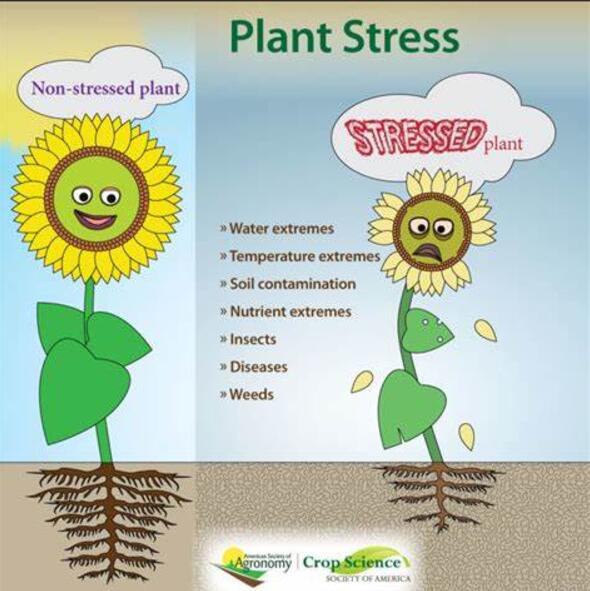The BES1/BZR1 family transcription factor as critical regulator of plant stress resilience
IF 6.8
Q1 PLANT SCIENCES
引用次数: 0
Abstract
Brassinosteroids (BR) are ubiquitous polyhydroxylated steroid hormones in plants that play a pivotal role in orchestrating plant growth, development, and stress mitigation. The transcription factor BRI1 EMS SUPPRESSOR 1/BRASSINAZOLE RESISTANT 1 (BES1/BZR1) is central to BR signal transduction. Upon activation by the BR signal, BES1/BZR1 selectively associates with the E-box motif (CANNTG) or the BRRE element (CGTGTGT/CG) situated within the promoter region of downstream target genes, thereby tuning target gene expression. Beyond its involvement in BR signaling, BES1/BZR1 intricately participates in ethylene, abscisic acid, and other plant hormones, as well as light signal transduction pathways, synergistically governing plant growth, development, and stress resilience. This study reviews the ongoing research strides elucidating molecular mechanisms by which BES1/BZR1 modulates plant growth, development, and stress resistance through signal transduction. The insights will serve as valuable references for further exploration of the multifaceted functions of BZR.
求助全文
约1分钟内获得全文
求助全文
来源期刊

Plant Stress
PLANT SCIENCES-
CiteScore
5.20
自引率
8.00%
发文量
76
审稿时长
63 days
期刊介绍:
The journal Plant Stress deals with plant (or other photoautotrophs, such as algae, cyanobacteria and lichens) responses to abiotic and biotic stress factors that can result in limited growth and productivity. Such responses can be analyzed and described at a physiological, biochemical and molecular level. Experimental approaches/technologies aiming to improve growth and productivity with a potential for downstream validation under stress conditions will also be considered. Both fundamental and applied research manuscripts are welcome, provided that clear mechanistic hypotheses are made and descriptive approaches are avoided. In addition, high-quality review articles will also be considered, provided they follow a critical approach and stimulate thought for future research avenues.
Plant Stress welcomes high-quality manuscripts related (but not limited) to interactions between plants and:
Lack of water (drought) and excess (flooding),
Salinity stress,
Elevated temperature and/or low temperature (chilling and freezing),
Hypoxia and/or anoxia,
Mineral nutrient excess and/or deficiency,
Heavy metals and/or metalloids,
Plant priming (chemical, biological, physiological, nanomaterial, biostimulant) approaches for improved stress protection,
Viral, phytoplasma, bacterial and fungal plant-pathogen interactions.
The journal welcomes basic and applied research articles, as well as review articles and short communications. All submitted manuscripts will be subject to a thorough peer-reviewing process.
 求助内容:
求助内容: 应助结果提醒方式:
应助结果提醒方式:


